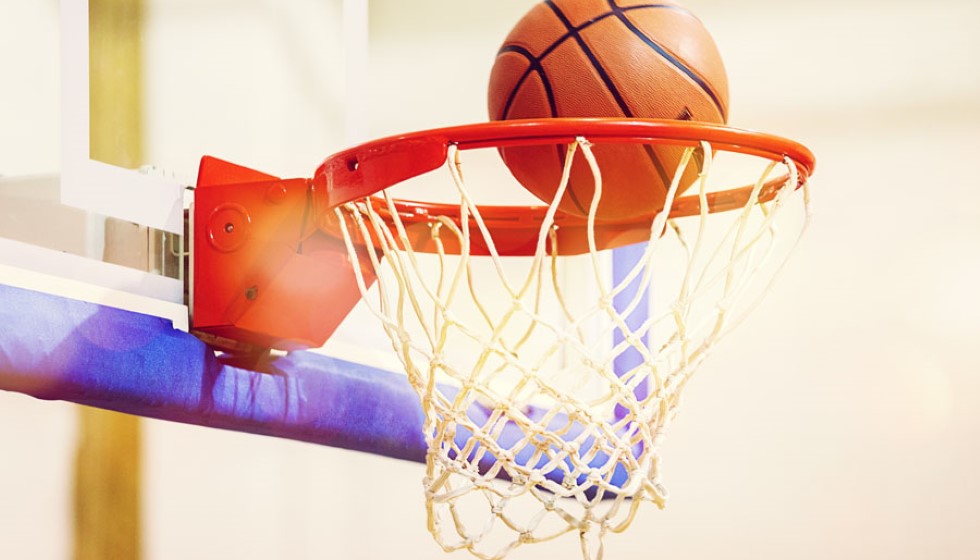
The New Orleans Pelicans have laid their cards on the table regarding Brandon Ingram, whose presence on the team remains a foundational element of their game plan. Despite the potential financial windfall awaiting Ingram—he's poised to earn $36 million in the 2024-25 season and is eligible for a contract extension worth up to $208 million over four years—the Pelicans have yet to put this lucrative offer on the table. This decision is guided by more than just the team's sentiment; it’s intricately tied to the mechanics of the NBA’s new collective-bargaining agreement.
Financial constraints and market limitations shape the Pelicans' strategy. David Griffin, the Executive Vice President of Basketball Operations, elucidated the delicate balancing act the team must achieve. "I think from a relationship standpoint, we've been really clear we'd prefer Brandon stays with us and Brandon's been pretty clear he prefers to stay with us. At the same time, there is a financial reality to this... we’re committed to each other," Griffin explained. He continued, "In some markets, you don't have to make any decisions: You get a max, and you get a max, and you get a max, and you hoard talent. We're not that market." These words highlight the challenges small-market teams face in retaining top talent within the constraints of financial prudence.
The new collective-bargaining agreement adds another layer of complexity. Teams whose payroll exceeds the first apron of $178.1 million are restricted from taking back more salary than they send out. If they surpass the second apron of $188.9 million, they can't aggregate multiple players' salaries in a trade. This puts the Pelicans in a bind, necessitating sharp decision-making and strategic planning.
Both the Pelicans and Ingram’s representatives have reportedly explored potential trade scenarios that include a max extension with other teams. However, the team's history with Ingram adds weight to their desire to retain him. Ingram’s tenure with the Pelicans began impressively, as he recorded 4.2 catch-and-shoot 3-point attempts per game, converting 42% of them. However, these attempts have declined each year, demonstrating a shift in his role and perhaps signaling a need for adaptation within their game strategy.
The challenges have not been limited to Ingram’s performance alone. A palpable strain unfolded last season as injuries plagued the roster. Ingram hyperextended his left knee weeks before the regular season's end, while Zion Williamson suffered a season-ending injury during the play-in tournament. The combination of these incidents thrust additional burdens onto Ingram. Griffin stated, "Brandon went from not playing to, 'OK, now you have to carry us.' It was a really bad situation for Brandon."
The Pelicans have retooled their roster, marked by significant moves including the acquisition of Dejounte Murray from the Atlanta Hawks. However, this came at a cost. They parted ways with Jonas Valanciunas in free agency and lost Larry Nance Jr. in the trade for Murray. Filling these voids in the frontcourt is pivotal, and the Pelicans are leaning on a combination of Daniel Theis, rookie Yves Missi, and Jeremiah Robinson-Earl to anchor their depth.
Looking forward, the Pelicans are betting on a unique approach. “So we gotta make choices, right?... we’re going to have to do this in a really unique way. And I think we’re pretty committed to playing small," Griffin stated. This commitment to a smaller lineup presents both opportunities and challenges, requiring tactical adjustments and perhaps signaling a new era in their playing style. "I understand that everybody looks at the situation and goes, 'They’re missing this, they’re missing that,' but we also have a lot of strengths that we want to lean into," Griffin emphasized, pointing to a strategic recalibration rather than focusing purely on perceived deficiencies.
In summary, the Brandon Ingram saga with the New Orleans Pelicans is emblematic of the broader challenges small-market NBA teams face. Balancing financial realities with competitive aspirations requires astute management and forward-thinking strategies. As the Pelicans navigate these complexities, their commitment to keeping Ingram, coupled with their recent roster tweaks, suggests a roadmap not just geared towards survival, but aiming for sustained competitiveness in the seasons to come.